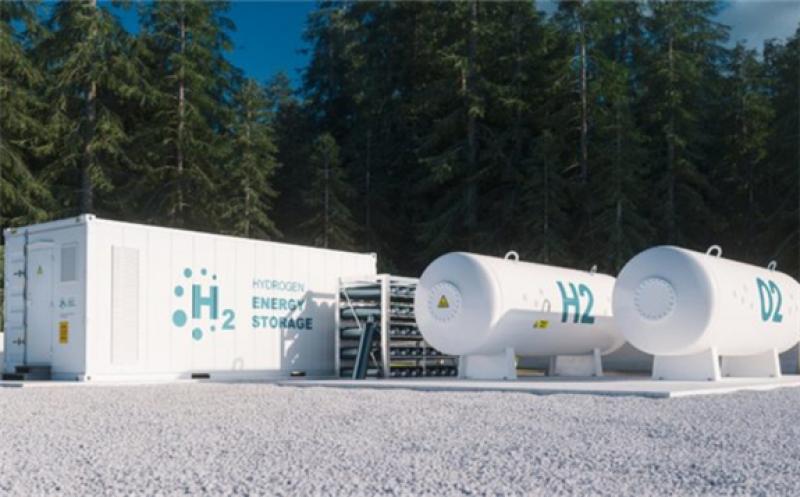Mitsubishi Power Americas is partnering with Texas Brine Company to develop salt-cavern storage possibilities for hydrogen.

Enormous underground salt caverns, which already have been used to store large-scale natural gas reserves, are being developed with the eye toward hydrogen.
Many companies such as Mitsubishi Power, Siemens and others are researching and testing hydrogen-fired gas turbines for power generation. Hydrogen does not have a carbon atom, but it must be created from electrolysis powered by clean energy to be considered truly green and zero carbon.
“To bring about an energy transition for a net zero carbon future, we have to work with partners,” Paul Browning, CEO of Mitsubishi Power Americas, said in a statement. “It takes innovative partnerships and cross-sector teams to decarbonise multiple verticals. Our alliance with Texas Brine supports our mission to provide power generation and energy storage solutions to our customers, empowering them to affordably and reliably combat climate change and advance human prosperity.”
The nation’s largest brine producer, Texas Brine and its affiliates have salt positions in New York, Virginia, Texas and Louisiana that will enable access to major load centers in the Northeast, Mid-Atlantic and the Gulf Coast.
Salt deposits are unique geological features into which caverns can be solution mined to provide bulk gas storage. Hydrogen has been stored in salt caverns for decades in the U.S. Gulf Coast.
Brine is a mixture of salt and water produced during solution mining of salt formations and can be used for chemical, industrial, food and agricultural applications. The co-product of solution mining done by companies such as Texas Brine is an underground repository that can store gas or liquids such as oil.
When a salt cavern is designed and engineered specifically for the storage of hydrogen, it employs the same solution mining process, which ultimately creates a brine coproduct that can be used as a feedstock.
The alliance will initially focus on existing sites controlled by Texas Brine and its affiliates. Both companies will evaluate the opportunity for hydrogen storage in existing and new caverns, along with detailed engineering and design studies to support hydrogen storage needs.
“We look forward to collaborating with Mitsubishi Power to support safe and low cost storage of hydrogen across our sites in the eastern U.S. and to explore synergistic opportunities at sites in other parts of the country.”
Mitsubishi Power already is working on hydrogen power and storage projects elsewhere. Among its H2 infrastructure projects include a joint venture with Magnum Development to develop utility-scale renewable energy storage and decarbonisation expansion in the western U.S.
The Advanced Clean Energy Storage Project being developed by Mitsubishi and Magnum will sit atop a massive salt dome in Utah and adjacent to the Intermountain Power Project, which includes hydrogen-fired power research. Siemens is also working with the Intermountain Power Agency.